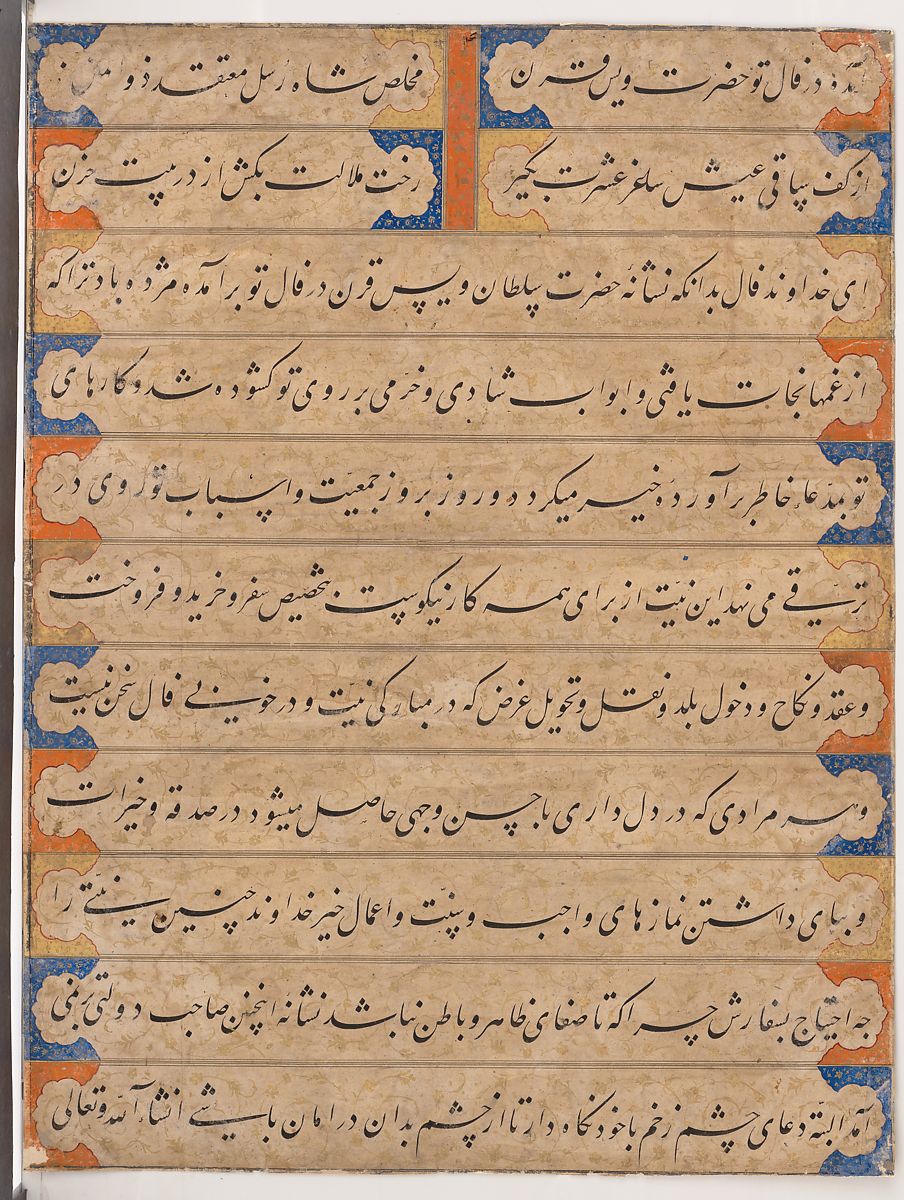
A short thread on some Talismans from Islamic history:
A talisman is any object that is imbued with protective powers. Talismans in Islamic history have had the names of God, Qur’anic inscriptions, astrological signs, and religious narratives.
A talisman is any object that is imbued with protective powers. Talismans in Islamic history have had the names of God, Qur’anic inscriptions, astrological signs, and religious narratives.
Talismans not only shield but guide their wearers; and are also used as tools for scientists or as cures prescribed by physicians for various ailments. During the Abbasid period, the stars and the Qur’an were consulted for almost every action and medical condition.
The stars and talismanic objects becoming interconnected, and Ilm-al-Huruf's role in Muslim courts, however, is a story for another time. For now, let us see some beautiful talismans from Islamic history.
A panel inlaid with the Seal of Hazrat Suleman (A) from the early 9th century. the carved vine leaves, scrolls, border designs, and other details of this panel are typical of early Islamic woodcarving. 

An 11th-century Talismanic scroll penned in angular Kufic. Block printing was used in the Islamic world to produce miniature texts consisting of prayers and Qur'anic verses that were kept in amulet boxes. 

A lidded box with protective verses on it from 15th century Damascus, which belonged to Muhammad al-Hamawi, time-keeper at the Umayyad Mosque. Timekeepers were commissioned for supervising the Azan and announcing the beginning and end of Ramadan. 

A small pouch-like case, easily carried, from the second half 15th century, decorated with the Nasrid shield and motto, "There is no Victor but Allah." It is likely to have held a portion of a small Qur'an. 





15/16th century talismanic Shirt, probably meant to be worn under armor. Painted squares, medallions, & lappet-shaped sections with the entire Qur'an written inside; bordered by Allah's 99 names written in gold. A panel at the center says "God is the Merciful, the Compassionate" 

This gold ring holds a jade stone engraved with religious verses known as the Nad-i 'Ali. Further tiny poetic inscriptions—in cartouches around the golden bezel—contain prayerlike verses, perhaps invested with apotropaic qualities, placed there to ensure the safety of its wearer. 





Turkish Saber, 1522–66. Its gold-inlaid decoration consists of Qur'anic inscriptions that stress the sovereignty of God and the wisdom and power of his servant the prophet Suleman (A). 





"The Seven Sleepers", from a Falnama; a Book of Omens dating back to the 1550s; he Seven Sleepers and their dog Qitmir, who escaped persecution by miraculously sleeping in a cave for 309 years. The picture would have faced a text page that contains a positive augury. 



A standard from the early 18th century. Under the Ottomans, Safavids, and Mughals, steel or silver standards were used in military, royal, and religious ceremonies. The talismanic power of this standard ('alam) is understood through the choice of the inscriptions. 

On one side, in the centermost circle, the prayer venerates the Prophet Muhammad's family, supported by the protective Throne verse (2:255). The other side honors the twelve imams, with the name of the twelfth imam enclosed in the central circle.
As for the fingers, they are incomplete and display a combination of Qur'anic verses and popular Shi'i invocations. The power of the names of these religious figures, the Qur'anic verses, and the Shi'i prayers endow this standard with its amuletic properties.
Dated A.H. 1152/ A.D. 1739 is an Ottoman devotional manual, the Hizb al-Nawawi, a copy of a book of prayers written by the esteemed Mamluk scholar Muhiyi al-Din Abi Zakariya Yahya b. Sharaf b. Muri al-Nawawi (d. 1277). 





A calligraphic galleon, dated 1766–67. The hull of this sailing ship comprises the names of the Seven Sleepers and their dog, Qitmir. Both hadith (sayings of the Prophet), and tafsir (commentaries on Qur'an) suggest that these verses from the Qur'an have protective qualities. 

A banner dated 1819–20, inscribed with the names of God, the Prophet Muhammad, and the rightly guided Caliphs, and bordered by Qur'anic verses, this silk sanjak (shield-shaped banner) displays an image of a two-bladed sword with a dragon-headed hilt. 

Referred to as Dhu'l Fiqar, it is Hazrat Ali's sword, and associated with military victory. While Ottoman banners similar to this one were used as military insignia from the 15th century onward, this example bears an early 19th-century date.
This miniature from the late 19th/early 20th century is based on that of the school of Shiraz of the 1570s. It illustrates the popular tale of Bilqis, the queen of Sheba, here shown enthroned. This would have a double-page composition, the other page showing Solomon enthroned. 

• • •
Missing some Tweet in this thread? You can try to
force a refresh





